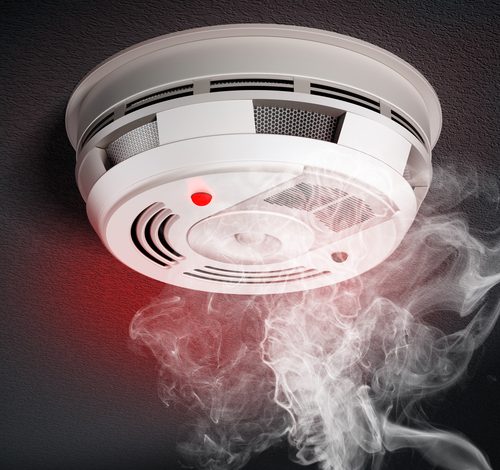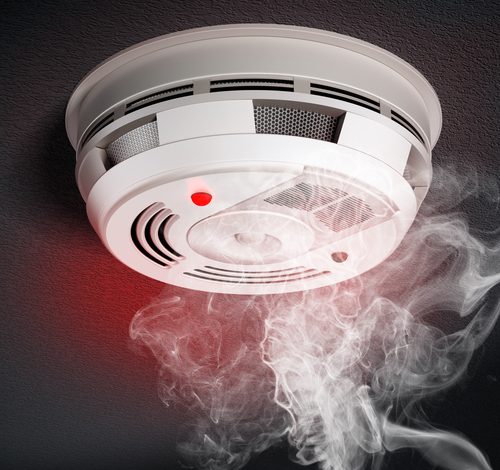
Q: We are remodeling our home and would like to upgrade the smoke alarm system to comply with current fire safety standards. This may not be required for an older home, but we’d like to do it anyway. We also want to install carbon monoxide detectors. What can you tell us regarding these upgrades?
A: The first thing I can tell you is that you’re making some wise and practical upgrades that can potentially save lives.
The required locations for smoke detectors in a single-family dwelling include one in each bedroom, one outside of each separate sleeping area (which usually means hallways), and at least one on each story of the dwelling, regardless of whether there is a bedroom. Alarms are also required in basements, but in most locales they are not required in crawl spaces or attics.
Installing an up-to-date smoke alarm system in an older home used to involve the addition of interconnecting wires so all alarms would be activated when smoke was detected by a single fixture. Fortunately, interconnection by means of Wi-Fi has eliminated the need for such wiring.
The power source for smoke alarms should include direct wiring to the primary electrical system, plus battery backup in case of a power failure during a fire. However, in an older home, battery-powered alarms, without connection to the electrical system, is permitted.
Carbon monoxide (CO) protection is also essential to prevent asphyxiation in the event of a faulty fuel-burning fixture or appliance, such as a gas furnace or water heater. Combination alarms, providing detection from both smoke and CO, are now widely available in hardware stores and are standard equipment in newly built homes.
Finally, you should consult your local building department regarding specific requirements that may differ from the general standards listed here.
Q: I bought my house six months ago. Since then, I’ve noticed leakage and dry rot at the garage windowsill, as well as some rot at the doorjamb. None of this was disclosed by the seller or the home inspector. Shouldn’t someone have reported these defects?
A: Sellers are not always aware of defects such as garage window leaks or rotted woodwork. A home inspector who is on-the-ball may discover rotted wood, but that type of defect is within the professional purview of the pest control operator (commonly known as a termite inspector). Water stains, on the other hand, should have been noticed by the home inspector, unless the stains were concealed at the time of the inspection by personal property.
You should contact the home inspector and the pest control inspector. Ask them to come to the property for a review of these findings. See if they are willing to take some responsibility. Hopefully, the inspectors will help you to correct these conditions.



